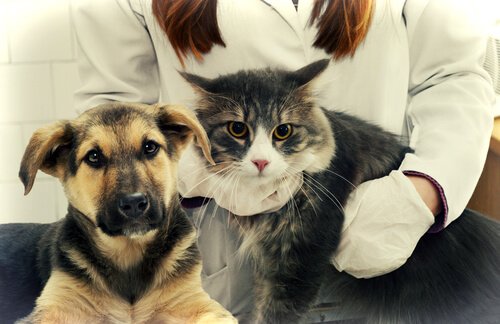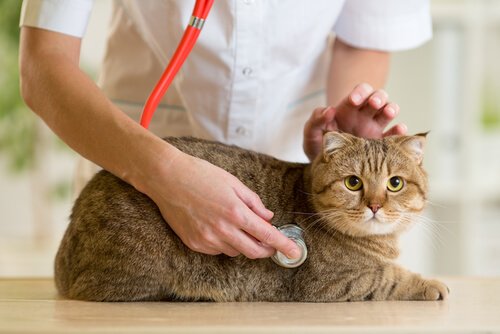Tips for Taking Your Pet to the Vet

Nobody said it was easy, but it’s important to take your cat or dog to the vet, especially if they’re sick. In this article, you can learn about some tips about taking your pet to the vet, so it won’t seem like mission impossible.
Why Should You Take Your Pet to the Vet?
This might seem obvious to some people, but it’s always worth reminding people about why taking your pet to the vet is so important. Sometimes, people might not have enough time or money. However, hoping that an illness will just “go away on its own” could lead to more severe conditions or make it harder to treat. So, why is taking your pet to the vet such a good idea?

1. If Your Pet Gets Sick You Can Too
There are many health conditions that humans can catch from cats or dogs. If you don’t want to get sick, then you should take your pet to the vet. Some parasites, viruses, and bacteria affect people just like they do animals.
2. If Your Pet Isn’t Treated, He’ll Suffer
Just because your pet isn’t able to tell you how he feels, doesn’t mean he isn’t suffering. Pets are living beings and they don’t deserve to suffer from anything, especially when they depend on us… Why wouldn’t you help him?
3. You’ll Improve His Quality of Life
The following isn’t about enjoying to go to the vet, it’s about following through with your pet’s vaccinations and annual check ups to prevent him from catch severe diseases.
4. You Can’t Treat Him Yourself
The only person who can diagnose and treat your pet is a vet. Therefore, you need to go to one if you have any concerns about your animal’s health. Although it might sound incredible, some people try to treat their pets themselves. However, this is often even worse than doing nothing.
Tips for Taking Your Pet to the Vet
It’s sometimes said that “cats are house pets” because they don’t like going out. They’re just not really interested. This means that taking one to the vet can be really stressful for him, particularly if you don’t really know the proper way to do it.
You will need a carrier that you can buy from any pet shop. Try to tricking your pet to get in the carrier by placing some food, treat, or toy inside the carrier. It’s definitely not a good idea to force him inside because will make him suffer more and cause him to be stressed.
One good way to use a carrier with a cat is to leave it out all the time, perhaps next to his toys. This way, it’s not some strange object and it’ll also have your cat’s pheromones and scent.
If you’re taking your cat to the vet by car, make sure you have the windows rolled up to block out any noise. Also, make sure that the carrier has a seat-belt or a safety strap to prevent any accidents. Once you get home again from the veterinarian clinic, leave him in the carrier for a few seconds so that he can realize that he’s at home again. Then, you can open the door.
How to Take a Dog to the Vet
If your dog is scared of the vet, which is quite common, then pay close attention to the following tips for taking your pet to the vet:
- Make sure he’s used to traveling by car, that way he won’t always associate it with the same destination.

- Reward him with treats or a toy when he’s behaved well.
- Make sure that you often approach with games and affection.
- Keep calm so that your stress and anxiety doesn’t rub off on to your dog.
- In extreme cases, you can ask the vet to visit you at home.
- Go to the vet more often so that your dog doesn’t always associate it with pain.
- Make sure that the journey is safe and comfortable on the way to the vets.
- Don’t scold your dog if he accidentally goes to bathroom at the clinic. He’s just scared.
- Only put a muzzle on if he’s very aggressive and could pose a threat to other people.
- Look for a good vet and stick with him/her so your dog is never treated by a stranger.